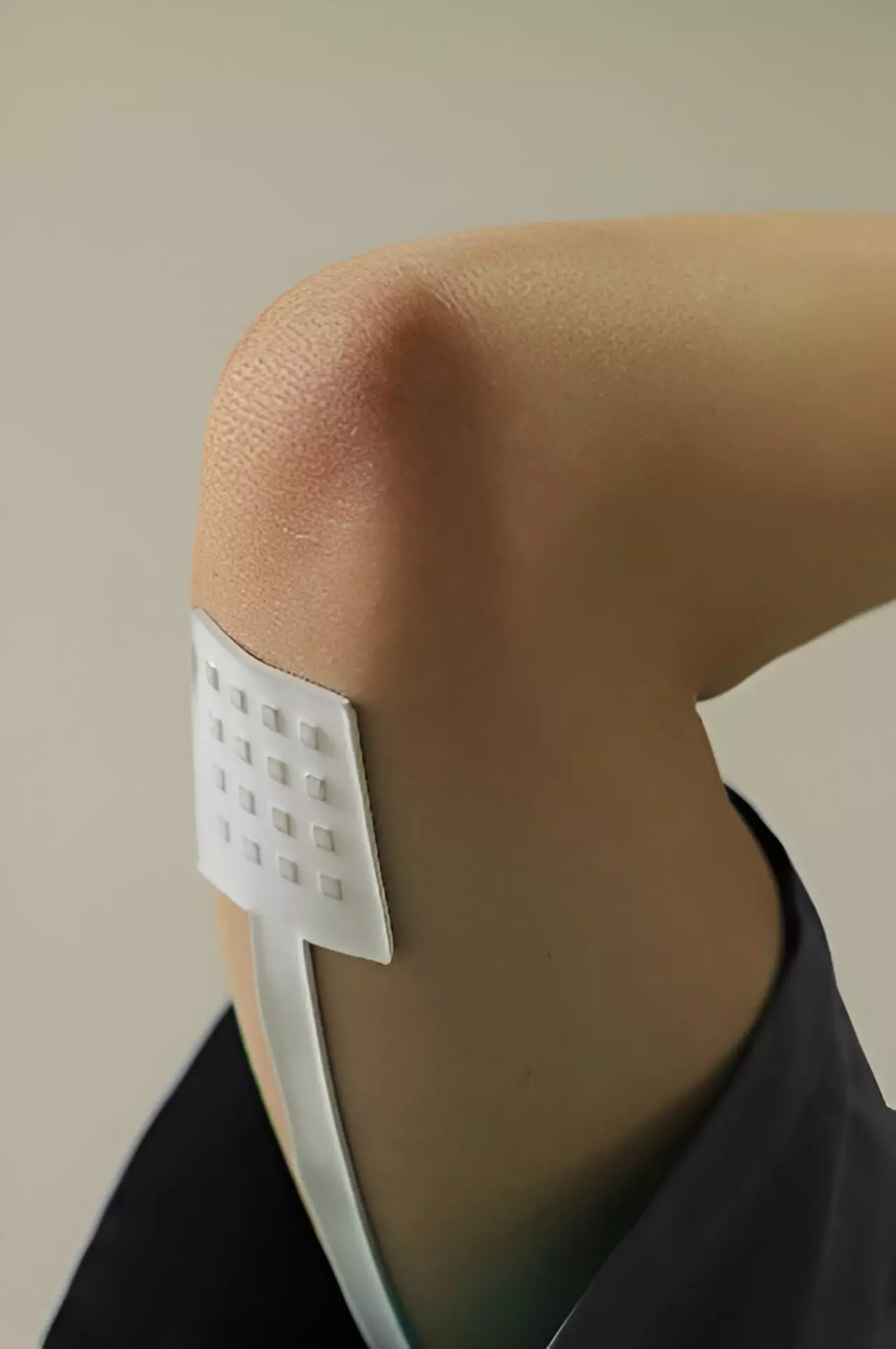The advent of flexible tactile sensors that mimic the human skin’s responsiveness marks a significant leap in the field of biomechanics. Recent research from Peking University, published in the journal Science Advances, illustrates an innovative approach that utilizes advanced 3D micro strain gauges for a versatile and customizable sensing mechanism. This technology allows for detailed and precise detection of biomechanical signals from various body parts, promising to transform not merely wearable technology but also potential applications in robotics, biomedicine, and consumer electronics.
The innovative research led by Han Mengdi and his team has demonstrated how transforming traditional planar strain gauges into 3D structures can exponentially enhance sensing capabilities. By leveraging processes aligned with established lithographic techniques, researchers have managed to significantly enhance the spatial density of tactile sensing. This shift not only broadens the sensitivity modalities available to these sensors but also facilitates a compact form factor that can seamlessly integrate with human physiology.
The creative engineering behind the 3D micro strain gauges offers notable enhancements in the reliability and stability of measurements. The flexible sensors boast excellent parallelization and mass production capabilities, which underscores their practical applicability in real-world scenarios. The steady advancement in microfabrication processes, which is accompanied by a fast and stable transfer method, further enriches the compatibility of these devices with existing microelectronics.
What sets these next-generation tactile sensors apart is their impressive ability to accommodate rapid customization of performance characteristics depending on varied applications. Chen Xu, one of the co-first authors of the study, emphasized that modifications in the sensor’s design—such as the shape of its 3D microstructure and the thickness of various layers—can easily alter their sensitivity and operational properties. Such adaptability aligns perfectly with the needs of diverse end-users, making these sensors particularly valuable not just in laboratories or research facilities, but also for practical utilization in everyday devices.
Moreover, the intricate design facilitates the precise decoupling of forces acting upon the skin. As mentioned by Yiran Wang, another co-author, each sensor contains multiple 3D micro strain gauges configured to assess normal and shear forces concurrently. This capability not only refines the measurement of external forces but also introduces a temperature sensing module, which adds another layer of functional capability to the sensor. The anti-crosstalk circuit integrated within these devices supports spatiotemporal mapping, establishing a sophisticated framework for evaluating interactions at the skin interface.
The implications of this technology extend far beyond enhancing wearable devices; it heralds transformative opportunities across several fields. The integration of these flexible sensors into robotics, for instance, could facilitate more human-like touch and interaction, empowering machines to respond accurately to their environments. In the realm of biomedicine, such technologies could lead to unprecedented monitoring solutions for patients, enabling healthcare providers to assess vital signs and biomechanical parameters in real-time.
Additionally, consumer electronics stand to benefit from this technology. As demand for smarter devices that adapt to user interaction grows, these flexible sensors can be integrated into products ranging from smartphones to augmented reality devices—allowing for intuitive user experiences.
The groundbreaking research from Peking University not only paves the way for the development of advanced flexible tactile sensors but also challenges existing paradigms in sensing technology. With their ability to combine precise biomechanical detection and rapid customization, 3D micro strain gauges represent a revolutionary leap forward. As research continues to advance in this domain, we anticipate a future where the integration of personalized electronic skin will revolutionize human interaction with technology, ultimately enhancing health, performance, and daily living. The next frontier will be to see how swiftly this technology can transition from concept to mainstream application, fulfilling the promise of its remarkable capabilities.

